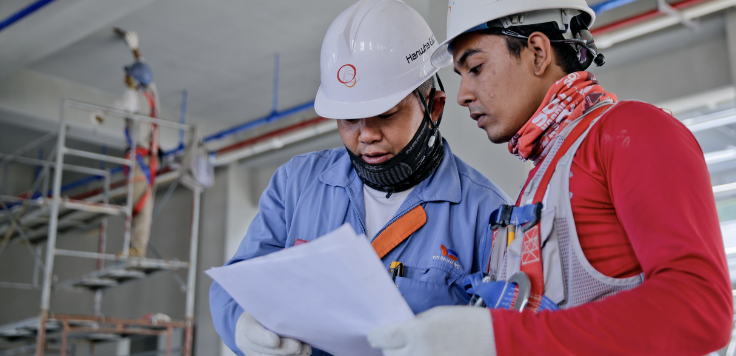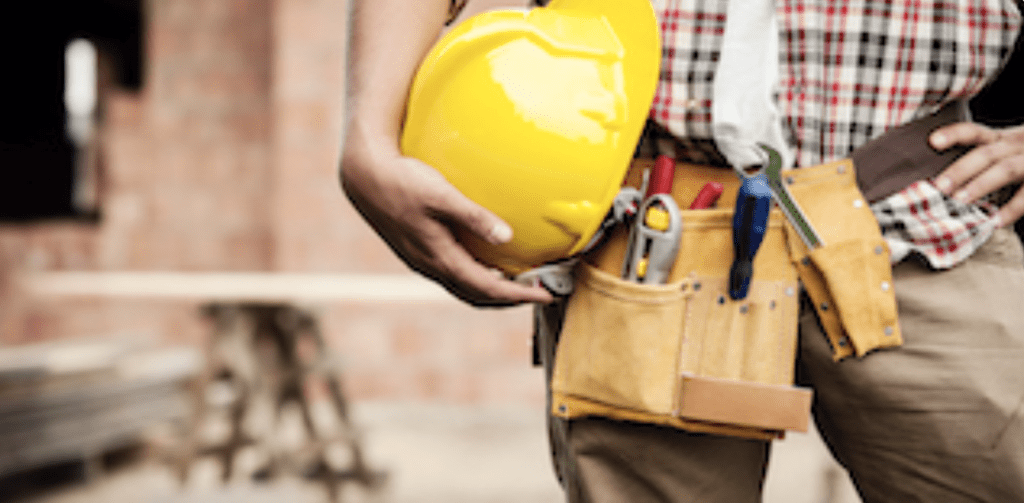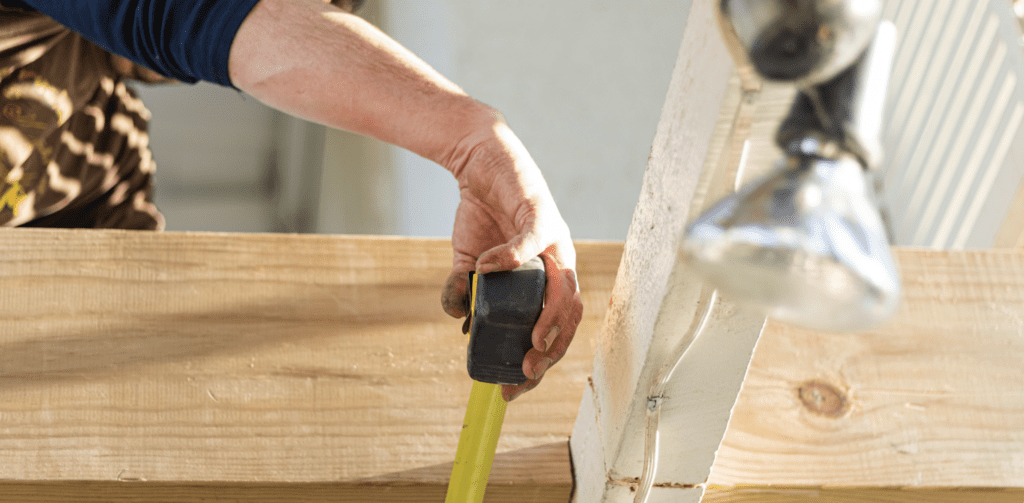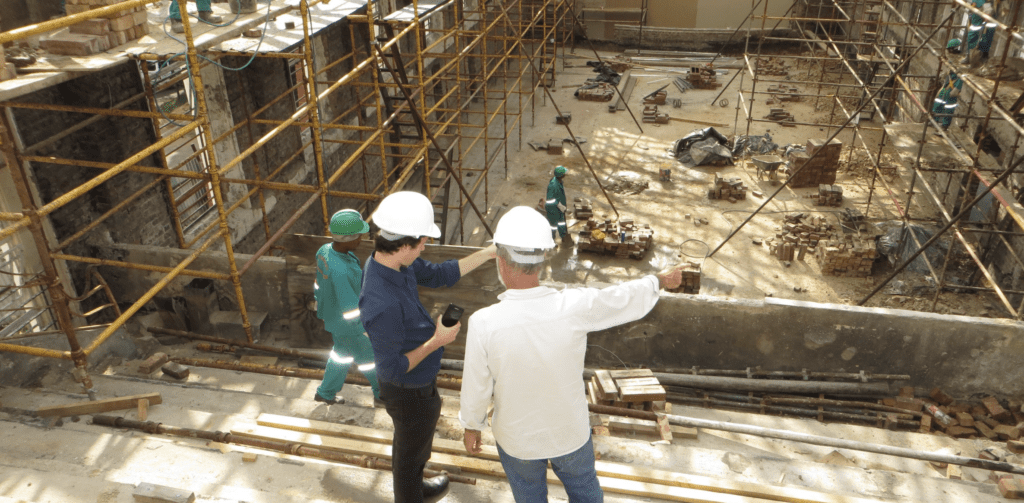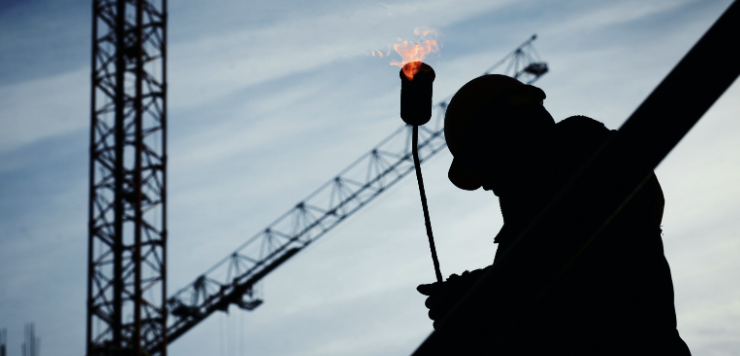
The Internet of Things In Construction: Technology-Driven Safety
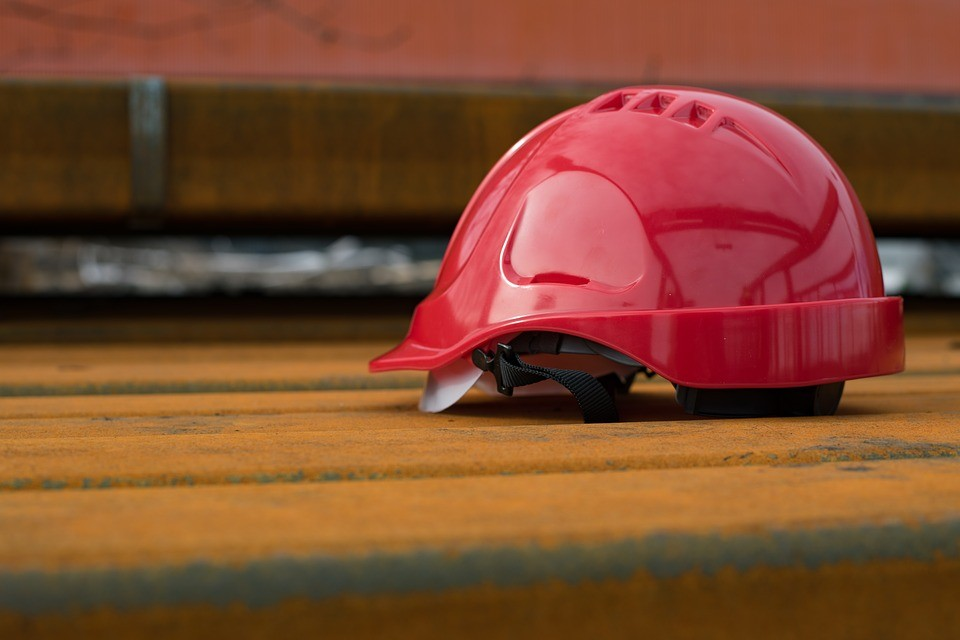
Coexisting with smart and monitored devices is the future of construction sites. IoT technologies continue to gain momentum and collect accurate data for safety, management, and real-time analytics purposes.
Wearables in Construction
Daily interaction with smart devices might be overwhelming for some people, but what if the interaction is designed to be uninterrupted? Monitored devices in your job site that allow you to stay safe, responsive, and productive without the constant need for human/device interaction. In all fairness, these technologies do require a set-up and centralized control, but for the user, it becomes a seamless technological experience that collects data for different purposes.
Smart Helmets
According to the CDC, Heat stroke-related issues cause up to 10 fatalities per year on construction job sites, smart helmets can keep track of your body temperature and let you know when it is time to hide from the sun. Smart helmets can also be embedded with GPS that tracks your location in real-time or gyroscopes that indicate rotation and orientation in order to prevent falls.
Smart Vests
If an object is approaching too quickly or getting too close, your smart vest will trigger audible alarms or physical alarms such as vibrations or compression of your clothing. Heart rate can also be monitored with a smart vest, alerting the system and the user of any possible anomalies or health conditions.
Glasses (AR)
Augmented reality glasses are another powerful piece of technology in the construction world. The glasses overlay information in real-time. This way blueprints, design changes, and any upcoming challenge can be easily projected as you work. Additionally AR is allowing anyone to inspect the job site from their office without having to step on to the construction site. Photos and videos are issued from the AR glasses to track progress and inspect major construction errors including misplaced walls, windows, equipment, etc.
Smart Boots
Most IoT companies agree that manufacturing smart safety shoes would be impractical and expensive. The average lifespan of a construction worker’s shoe is 10 to 12 months. This is why having a smaller device that attaches to your boot is a great alternative for most companies. This panic button might be one of the best uses for an IoT embedded device. All it takes to activate is tapping your boot against the floor or against a wall several times. This will simultaneously signal an immediate assistance request for help. Another instance the panic button comes in handy is if the user has fallen and can’t get up. This, once again, would result in a signal being automatically sent for help.
Not to worry about false alarms because signals can also be set up with a removal feature. So if you accidentally tapped your foot, the panic button signal can be canceled.
Monitoring Small Equipment and Machinery
Monitoring construction of small equipment or machinery prevents misuse or relocation off-site without permission. IoT can also grant or deny access to a handful of users on determined types of equipment. This feature prevents the unauthorized use of small equipment or machinery. Forecasting equipment performance with IoT allows you to predict and schedule maintenance, improving efficiency and working ahead of time. Knowing the location, uses, and status of your equipment allows you to identify equipment and machinery that can be relocated to other construction sites without the need for double spending.
The Future for Wearable IoT
Let’s not forget this is a very competitive industry. Builders are taking small but firm steps in the right direction. By evolving and adopting new technologies as they become more accurate and trendy, the future of the industry is changing. It’s just a matter of time and proven ROI until these devices become a must-have safety gear in construction sites. Improvements to these new technologies are expected as data becomes more and more accurate. IoT gains the industry’s trust in order to implement more efficient, smarter wearables.



